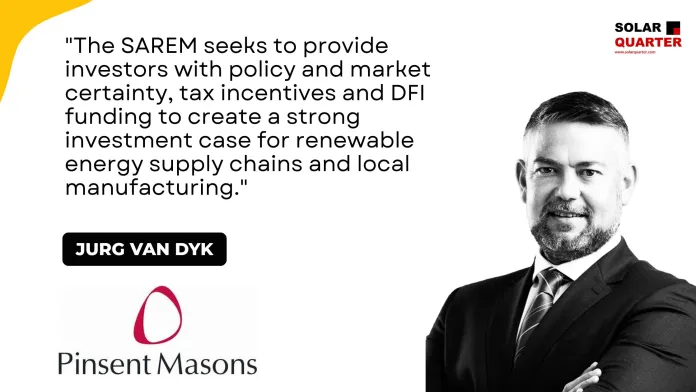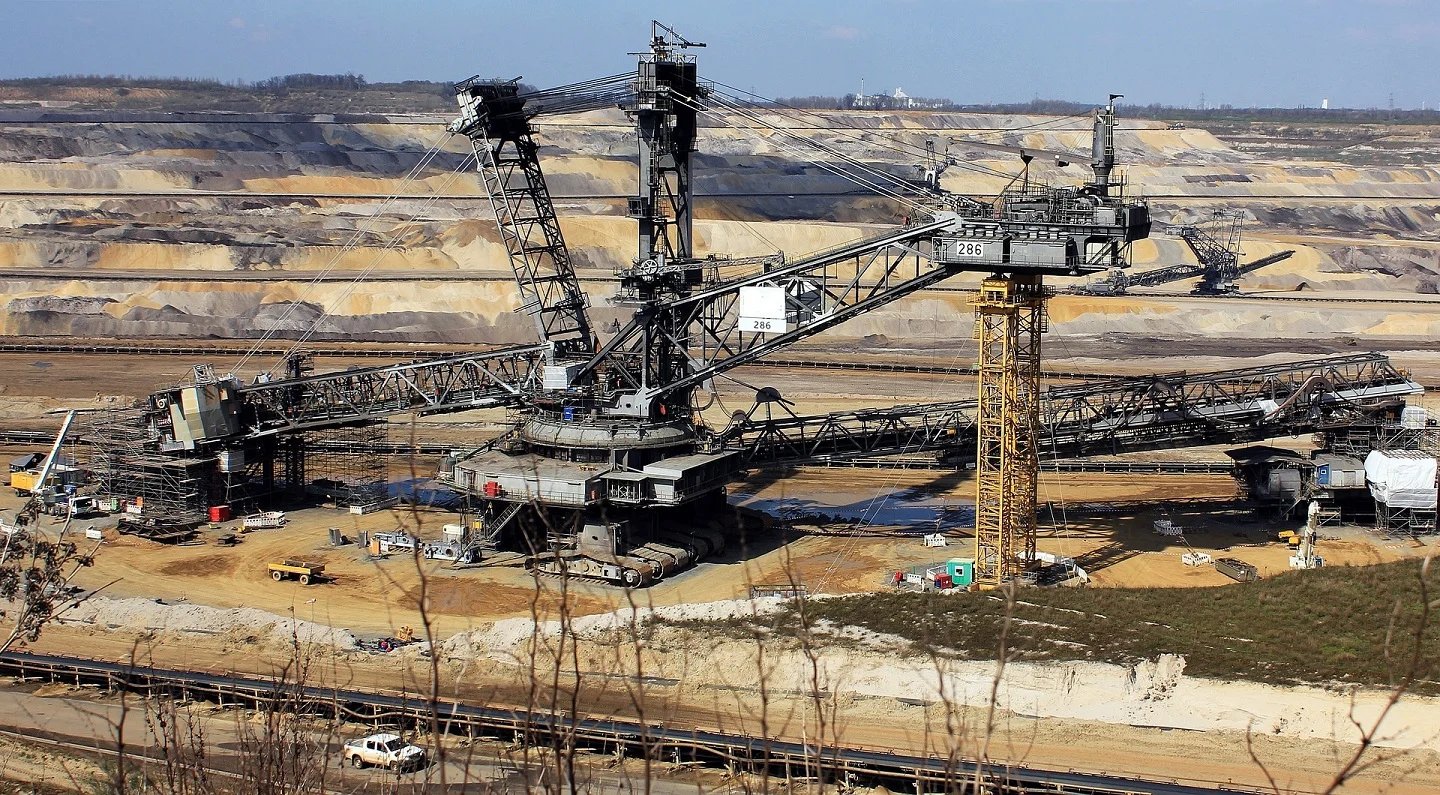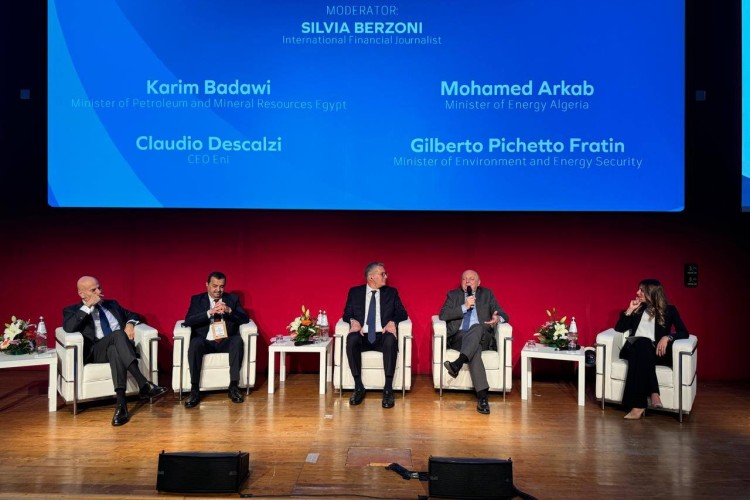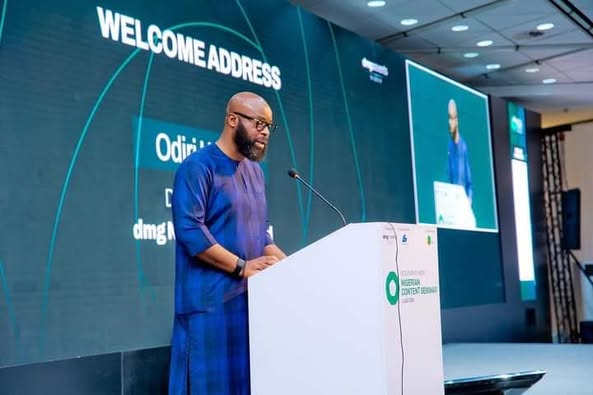Podcasts

Green Ambitions Local Solutions SAREM Role in Reshaping South Africa Energy Economy

How does the South African Renewable Energy Master Plan (SAREM) create a stronger investment case for renewable energy supply chains and manufacturing locally?
The SAREM sets an annual target of at least 3 to 5GW of new renewable energy generation until 2030, which aligns with the IRP 2019, which aims for renewable energy deployment of 14,400MW of wind and 6,400MW of solar PV by 2030. This coherence in energy policy provides investors with confidence as policy coherence provides a clear roadmap for project development and returns on investment. Moreover, the projected power demand provides long-term market certainty for investors that are looking to invest in local industries that support the renewables market.
The SAREM contains government incentives and support for local manufacturing. SAREM contemplates using tax breaks or tax relief to ease financial strain on investors who are pursuing new manufacturing ventures. For example, the SAREM focuses on establishing special economic zones (SEZs) that are aimed at manufacturing renewable energy and storage components. Businesses that operate in SEZs are eligible for tax relief, with corporate income tax set at 15%, instead of 27%, on condition that at least 90% of the business’ income is derived from conducting business or providing services within the SEZ. In addition, businesses that operate within a customs-controlled area are eligible for tax relief for exports in the form of zero-rated VAT and import duty rebates.
Local Development Finance Institutions (DFIs) offer a suite of niche and innovative funding products. For instance, the Industrial Development Corporation provides concessional debt, equity and quasi-equity, guarantees, trade finance and venture capital to industrial development projects. These funding instruments are critical to de-risking investments in the renewable energy manufacturing space as they assist with absorbing early-stage or political risks and improving the risk-return profile of manufacturing ventures. Moreover, DFIs tend to offer long tenure loans, grace periods before repayment starts and lower interest rates compared to commercial banks. These factors are better aligned to the capital-intensive nature of manufacturing. In addition, funding from DFIs sends a strong credibility signal to the market which attracts further investments from commercial banks, private equity firms and institutional investors.
Overall, the SAREM seeks to provide investors with policy and market certainty, tax incentives and DFI funding to create a strong investment case for renewable energy supply chains and local manufacturing.
What role do you foresee private sector players taking in scaling up renewable energy and storage capacity under the SAREM framework?
The SAREM aims to attract R15 billion in private sector investment by 2030. Private sector investment will be crucial to scaling up renewable energy and storage capacity through funding, mainly for the purpose of constructing manufacturing facilities for the production of equipment required for the renewable energy market, investing in grid infrastructure and microgrids, and developing utility-scale and distributed renewable energy projects.
How critical is policy certainty like the finalisation of the IRP 2025 for investor confidence and long-term planning in South Africa’s renewable energy market?
Investors require a stable, transparent and predictable policy framework to make long-term investment decisions, and as such policy certainty is of utmost important. The IRP 2025 is med at providing a framework as to the capacity allocation for each energy generation technology that will form part of the country’s energy mix going forward in order to meet the country’s long-term energy demands. The IRP 2025 will assist in enabling the planning of transmission infrastructure development, as it will give direction in terms of technologies, capacity, and location.
By finalising the IRP 2025 the government demonstrates its intent and priorities within the context of partnering with the private sector to ensure long-term energy security, energy reform and decarbonisation of the economy.
The SAREM identifies and prioritises various renewable energy sub sectors and technologies due to their potential to drive industrial development, job creation and energy security. These sub sectors and technologies include solar photovoltaic, onshore wind power, battery energy storage systems (especially lithium-ion and vanadium-based batteries), and renewable energy component manufacturing and services.
In the solar PV value chain, SAREM acknowledges that local industries have capabilities in the assembly of mounting structures, trackers and modules. Likewise in the wind energy value chain, SAREM recognises that local industries are capable of manufacturing both steel and concrete towers as well as some internals, and assembling rotors. According to SAREM the lithium-ion batter value chain, apart from battery cells which are primarily imported from China, is well-developed, with local capabilities in mineral beneficiation, casing, assembly and electrical systems, including battery and energy management systems. Moreover, SAREM contends that across the value chains there are local capabilities in the manufacturing of inverters, civil works, balance of plant such as cables and fasteners and the provision of services in testing and certification.
SAREM identifies room for growth in the solar PV, wind, lithium-ion and vanadium-based battery value chains. In the solar PV value chain, SAREM contends that there are efforts in exploring cell and wafer production, which are heavily reliant on sourcing raw materials and achieving economies of scale. Additionally, the country could investigate the possibility of producing green polysilicon, which is used to produce solar wafers and in turn solar photovoltaic cells, by leveraging silica deposits in the future. Likewise in the wind value chain, SAREM states that the country should explore the possibility of developing local capabilities in producing blades and focus on hub manufacturing and producing, as well as assembling, nacelles, which is the enclosure at the top of wind turbine tower that houses key mechanical and electrical components of the turbine, in the medium term. In the lithium-ion battery value chain, SAREM argues that South Africa should explore whether it would be economically viable to pursue cell production in the country. Within the context of the vanadium-based battery value chain, SAREM contends that the next logical step for the growth of the local industry is manufacturing stacks, which are crucial to determining the power output, efficiency and lifespan of vanadium-based battery storage systems. Overall, across all the value chains, SAREM advocates for leveraging existing capabilities in the future to develop opportunities around end-of-life management like the reuse, re-manufacturing and recycling of components like batteries, panels and blades.
The implementation of SAREM supports development across all the stages of the solar PV, wind, lithium-ion and vanadium-based battery value chains. Each stage of the value chain from raw materials, component manufacturing, system assembly, deployment and recycling receives support in the form of policy incentives like tax breaks, establishing special economic zones to boost local manufacturing, improving skills development through the provision of training programmes and enhancing investment attraction by offering DFI support.
To what extent can the localisation push outlined in SAREM drive economic development and job creation in South Africa’s green energy industry?
SAREM advocates for the local manufacturing of renewable energy and battery storage components like panels, inverters, mounting systems, towers, nacelles, blades, and stacks. SAREM has set the following targets, with the deadline being 2030, for local content production in the renewable energy and storage value chains: 50% for solar PV, 47% for onshore wind, and 60% for battery storage. This will reduce dependence on imported equipment and boost the development of domestic manufacturing capabilities which will in turn lead to the creation of new industrial value chains. Localisation will stimulate demand for local raw materials, services and infrastructure which will result in the enhancement of value retention within the country, thereby contributing to GDP growth and export potential.
SAREM aims to create 25,000 direct jobs by 2030 through local manufacturing, assembly, installation, and maintenance of renewable energy and storage systems. Additionally, beyond direct jobs, the development of supply chains and related industries like logistics, maintenance, training, construction and engineering will create indirect jobs. The multiplier effects of renewable energy investment could potentially result in broader economic advantages like increased demand for services in local communities.
The legal risks that could delay the supply chain development include policy uncertainty and inconsistent regulatory frameworks which can deter investments. Additionally, bureaucratic bottlenecks that hinder the timeous issuance of required permitting and approvals could delay timelines related to project delivery. Moreover, from a governance perspective, procuring institutions may lack the institutional capacity to administrate the procurement on a large scale. Other risks include inadequate grid infrastructure to accommodate generated renewable energy and insufficient transport and logistics networks that hamper the movement of components, equipment and services.
The abovementioned risks could be mitigated in the following ways:
ensure legal certainty by maintaining consistency in the application of rules which will create a predictable and transparent regulatory environment;
government should facilitate and simplify the permitting process as much as possible;
institutional capacity should be increased in procuring institutions to ensure improved procurement and project management; and
government should prioritise the efforts made by the NTCSA to implement the Transmission Development Plan to modernise and expand the transmission grid.
What does SAREM mean for the South African renewable energy sector? How can SAREM grow renewable energy subsectors and local supply chains?
The SAREM aims to drive consistent demand for renewable energy and storage components by targeting the development of 3 to5GW of renewable energy generation on an annual basis. SAREM also imposes localisation requirements on the manufacturing of renewable energy and storage components. This sustained, large-scale demand is imperative to ensuring that it is economically viable for investors. The continued investment into the identified industries and sectors will ensure the expansion of renewable energy sub-sectors and local supply chains.
The SAREM focuses on the establishment of dedicated industrial hubs and special economic zones for manufacturing components for renewable energy and storage systems. These zones are pivotal to the provision of incentives that will ease the cost of doing business and infrastructure that will support local production.
The SAREM initially focuses on solar PV, onshore wind, lithium-ion and vanadium-based battery storage value chains due to the fact that these energy technologies align with the country’s supply-side capabilities in relation to meeting the rising energy demand. However, with the progression of time, SAREM anticipates the integration of offshore wind and wave energy, thermal energy technologies and solid-state batteries and compressed air energy storage, as the country continues to develop its industrial capabilities.
How can SAREM support the development of a battery storage supply chain?
The intermittency of solar and wind energy creates a demand for battery energy storage to ensure consistent grid stability and reliable energy supply. This sustained demand is crucial to incentivising investors to make continued investments in the local manufacturing of battery storage components. Furthermore, SAREM aims for 60% of locally manufactured content in the storage subsector by 2030, which will significantly increase local production and assembly of batteries, and reduce reliance on imported equipment.
The intermittency of solar and wind energy creates a demand for battery energy storage to ensure consistent grid stability and reliable energy supply. This sustained demand is crucial to incentivising investors to make continued investments in the local manufacturing of battery storage components. Furthermore, SAREM aims for 60% of locally manufactured content in the storage subsector by 2030, which will significantly increase local production and assembly of batteries, and reduce reliance on imported equipment.
South African holds critical mineral reserves like manganese, iron, phosphate and vanadium which are essential for battery storage production. The South African government recently approved the Critical Minerals Strategy to assist with identifying and improving the mining of critical mineral reserves. SAREM can work in conjunction with other initiatives like the Critical Minerals Strategy to leverage critical mineral reserves by promoting local beneficiation and refining, which are crucial upstream activities within the context of the battery storage value chain.
By setting ambitious targets for local content, promoting manufacturing hubs and leveraging mineral resources, SAREM creates substantial opportunities for investors and developers to get involved in developing the country’s battery storage supply chain.
What legal steps are needed to boost local storage and battery manufacturing?
The government needs to prioritise the finalisation of the IRP 2025 and ensure that the IRP 2025 includes capacity allocation for battery storage that aligns with the SAREM. The next step would be to ensure that the IRP’s procurement framework, which is embodied in the REIPPPP and ESIPPPP programmes, and other procurement processes, which include economic development criteria in tenders, and the prioritisation of local content manufacturing for battery storage.
Moreover, the Department of Trade, Industry and Competition designates local content requirements for various products that are procured by the government and state-owned enterprises. The department should ensure that future mechanisms or adjustments in respect of battery storage procurement aligns with SAREM.






